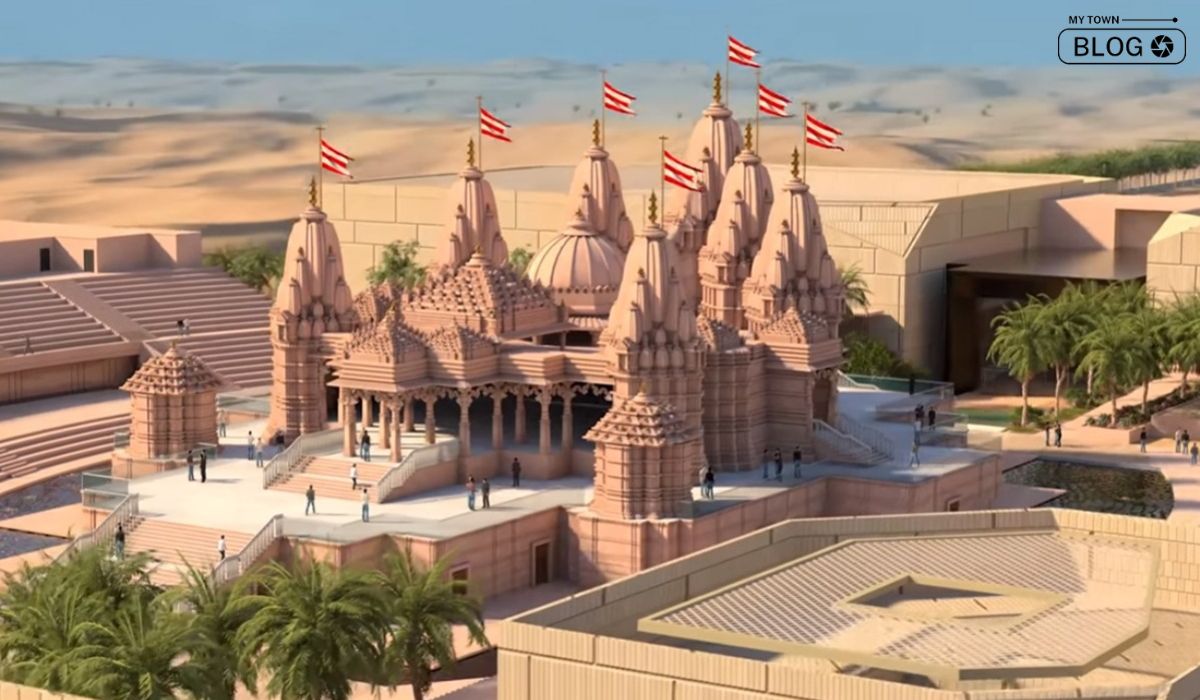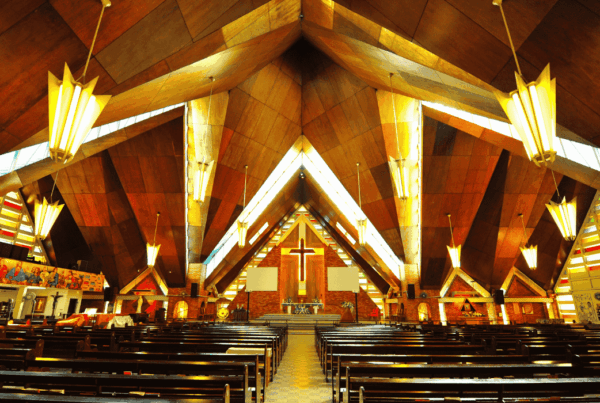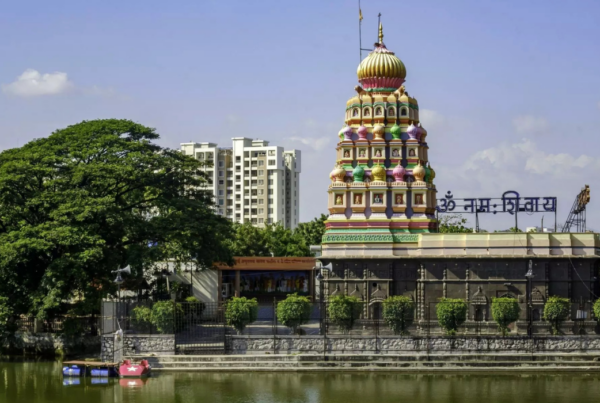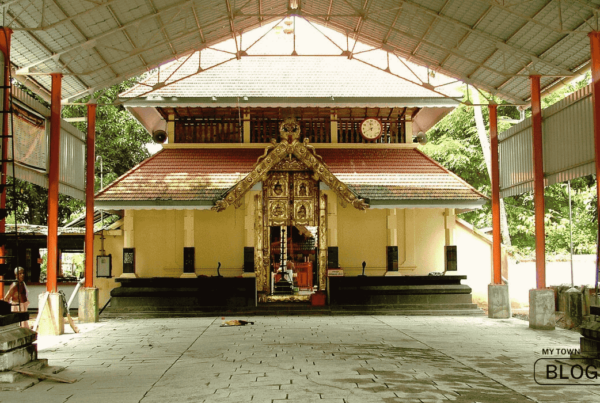A news release from the Swaminarayan Sanstha stated that representatives of the BAPS organization, led by Swami Ishwarcharandas and Swami Brahmaviharidas, met with the Prime Minister at his residence in New Delhi and invited him to the opening of Hindu Temple in Abu Dhabi on February 14, 2024.
Prime Minister Modi gratefully accepted the invitation and expressed his enthusiastic support for the famous and historic temple, a gesture that delighted the BAPS Sanstha.

The BAPS delegation spoke about Modi’s ambition for India’s spiritual leadership on the international scene and the importance of the Abu Dhabi temple for world peace during an almost hour-long conversation, according to the organization.
Some facts about the temple
Architectural Marvel
- Four hundred two pillars, 12 sampans, and a stunning facade adorned with 25,000 marble and sandstone carvings.
- Spire narratives from Hindu epics, ‘Dome of Harmony’ symbolizes the unity of natural elements.
Dimensions and Materials
- It is the largest temple in West Asia, spanning 27 acres near Al Rahba.
- They are crafted with durable pink sandstone from Rajasthan and Italian marble.
- Eco-conscious elements like fly ash are incorporated into the foundation.
Sustainable Infrastructure
- A landmark in sustainable construction, blending tradition with digital modeling and seismic simulation.
- 32.92m in height, 79.86m in length, and 54.86m in width.
Technological Integration
- Equipped with a foundation of 100 sensors and 350 strategically placed for real-time monitoring.
- Monitors earthquake activity and environmental changes, ensuring safety and structural integrity.
Community and Learning Spaces
- The complex includes a visitor center, learning areas, and a gift shop.
- Serves as a hub for community engagement and learning.
Symbolism and Collaboration
- Mandir symbolizes collaboration, innovation, and positive change.
- Represents the potential of religious spaces to foster community, sustainability, and interfaith understanding.
Blend of Tradition and Modernity
- Seamless integration of traditional architectural elements with modern technology.
- Digital modeling and seismic simulation are used in construction.
Cultural Significance
- The temple showcases stories from Hindu epics through its spires, emphasizing cultural and religious richness.
Environmental Responsibility
- The use of fly ash in the foundation reflects a commitment to eco-conscious building practices.
- The integration of sustainable materials contributes to the project’s environmental responsibility.
Visitor Experience
- The inclusion of a gift shop enhances the overall visitor experience, allowing for cultural immersion and souvenir acquisition.
- Learning areas provide educational opportunities, contributing to a deeper understanding of Hindu culture and traditions.
Safety Measures
- An advanced sensor system with 100 foundation sensors and 350 strategically placed sensors ensures real-time monitoring.
- Focus on earthquake activity monitoring enhances safety measures and preparedness.
Cultural Exchange and Interfaith Understanding
- The temple acts as a symbol of cultural exchange, promoting interfaith understanding and harmony in the region.
- Its design and construction emphasize the potential for religious spaces to bridge gaps and foster mutual respect.
Location Strategy
- A strategic location near Al Rahba enhances accessibility and visibility, making it a significant landmark in the region.
- The temple’s presence contributes to the cultural diversity of the area.
Positive Impact
- The project stands as a testament to the positive impact of collaboration between tradition and modernity.
- It sets an example for future religious constructions, emphasizing sustainability, innovation, and community engagement.
Also read: 7 Renowned Hindu Temples In Gujarat
Conclusion
The inaugural ceremony of the BAPS Hindu temple in Abu Dhabi, officiated by Prime Minister Narendra Modi, marks a significant milestone in the region. This grand structure, adorned with meticulously crafted pink sandstone and marble, stands as the largest temple in West Asia, showcasing architectural marvels and eco-conscious elements. The incorporation of traditional design with digital modeling and seismic simulation reflects a harmonious blend of heritage and innovation. Beyond its religious significance, the mandir serves as a beacon of collaboration, sustainability, and interfaith understanding, emphasizing the potential of religious spaces to promote positive change and foster a harmonious future in the global community.







